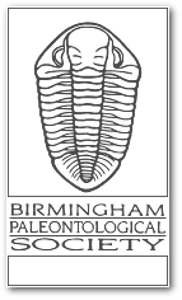Visitor
Silurian
September 30, 2006 - Paleozoic Fossils, Jefferson Co, AL
Page 2 - Fossils and minerals
The BPS September field trip found us at the site of the Red Mountain Road Cut, which is also the site of the former Red Mountain Museum. The fossils that were formerly housed in the RMM now reside in the Alabama Collections Center of McWane Science Center. A good deal of the interpretive work still remains, and several members helped clear vines and bushes that had overgrown the walkway and signs. Jun Ebersole, Collections Manager at the McWane Science Center, started us out with a safety lecture, particularly pointing out areas that were somewhat less secure than others. We were fortunate to have James Lamb along to provide commentary and information regarding the road cut and history of the RMM, along with his wonderful sense of humor. James' lecture was accompanied by an excellent printed handout, covering the geology and history of the road-cut, and pointing out the many fossils which are unique to this site. He pointed out several geologic items of interest such as the fault line, volcanic ash layer, iron ore, and reef formations that make up Red Mountain, as we went on an exploring trip along the exposed area of the cut.
We happily welcomed Eli Mrug, our youngest member of the group on his first BPS field trip with his parents, who were acting as translators for his grandparents who were visiting from the Czech Republic. There was an excellent turnout for this trip of old members, new members, and guests. All-in-all this was BPS at its best and most fun, one of the best trips of the year.
The Red Mountain road cut rocks were formed million of years ago when North America was covered by a shallow sea. Fossils from the Ordovician, Silurian, Devonian, and Mississippian ages are found at this site. Members found a good selection of fossils, including numerous brachiapods, the pygidium of a Llandovacaste birminghamensis trilobite (used in the BPS logo), graptolites, unidentified plant stems, gastropods, a number of trace fossils, and even some nice samples of calcite and dolomite.
Edited by Vicki Lais
(Photos courtesy Steve Corvin, Chris Lais, and Vicki Lais)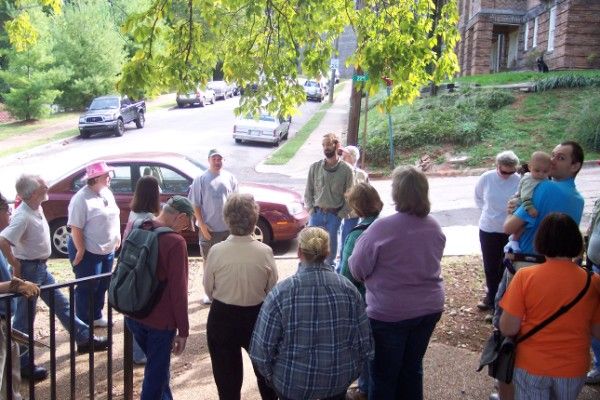
Jun gives a safety lecture regarding dangerous aspects of the cut and walkways to the group.
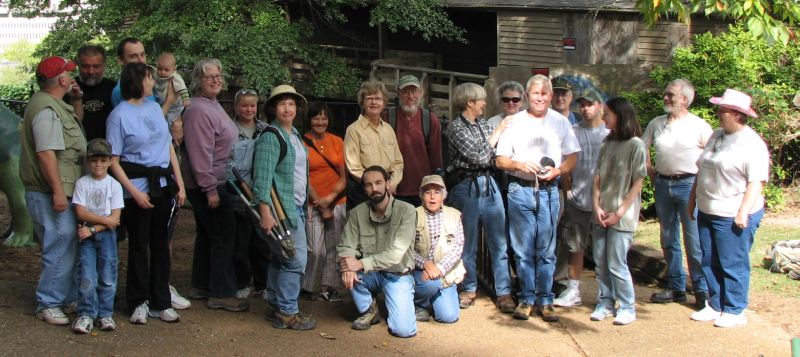
The whole gang (except Chris, behind the camera).
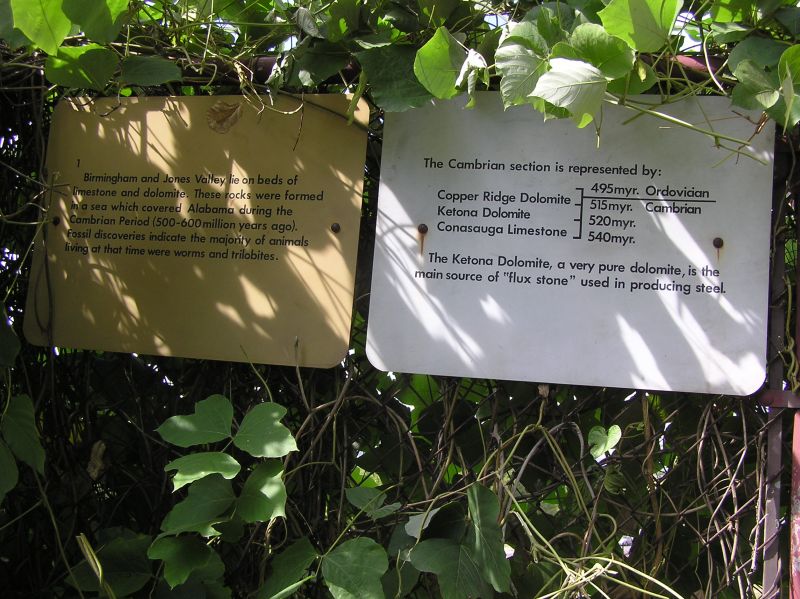
Amazingly, though Red Mountain Museum has been closed for several years, a number of the signs are still in place, though covered by kudzu and other vines.
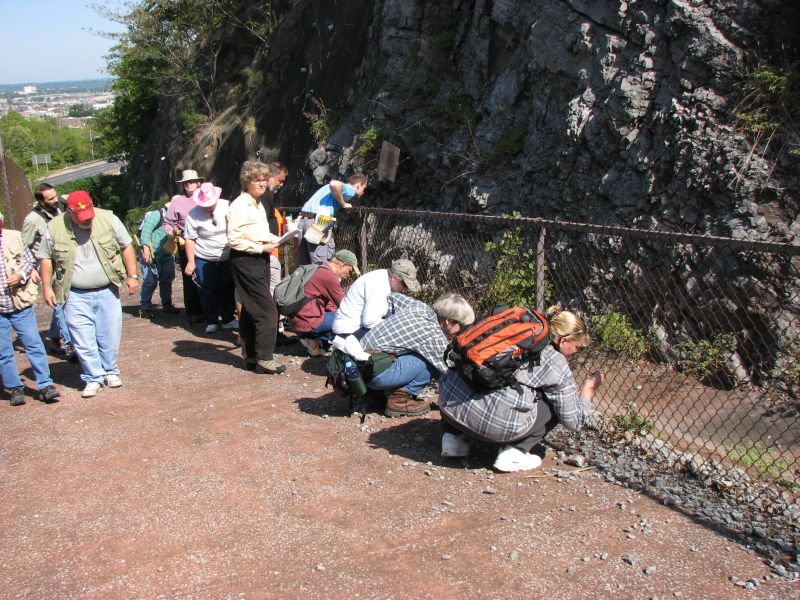
There is a lot of rubble against the fence, most filled with bits of fossil material.
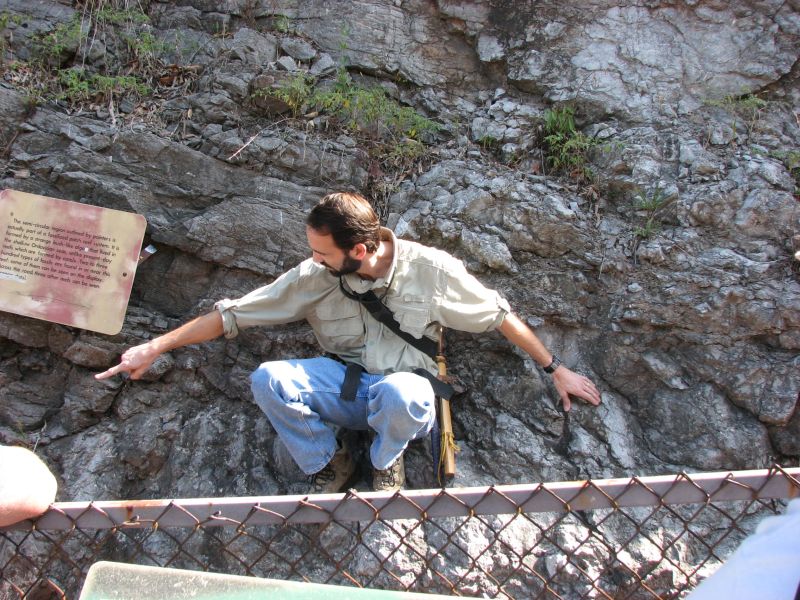
Lamb pointing out part of a fossilized patch reef system formed by a bush-like algae . . .
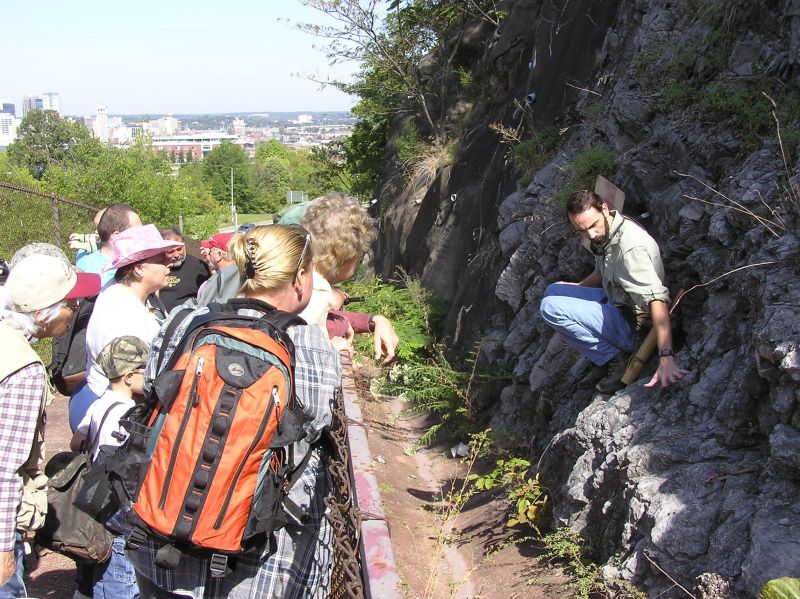
. . . as members listen intently, and start being able to identify various shading in the rocks that denote shells, layer transitions, faults, and other items of geologic interest.
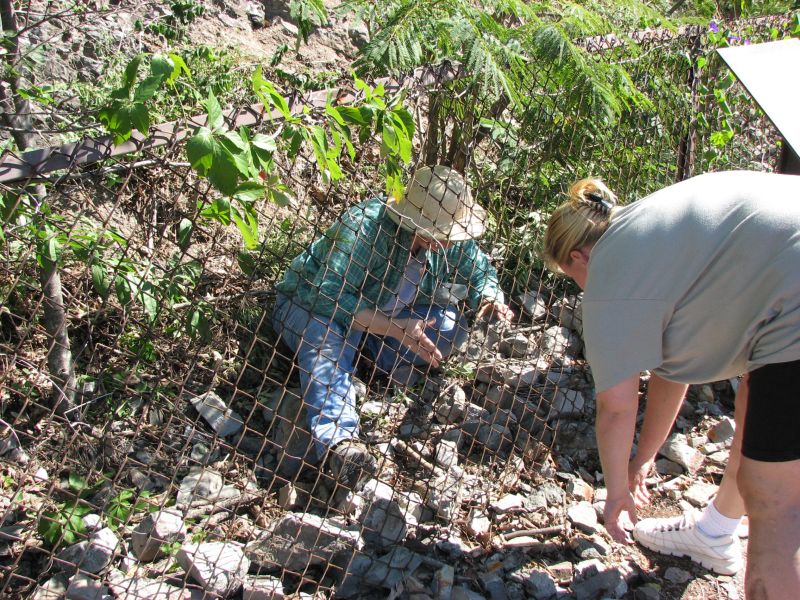
Claire and Melanie searching through a large rubble pile.
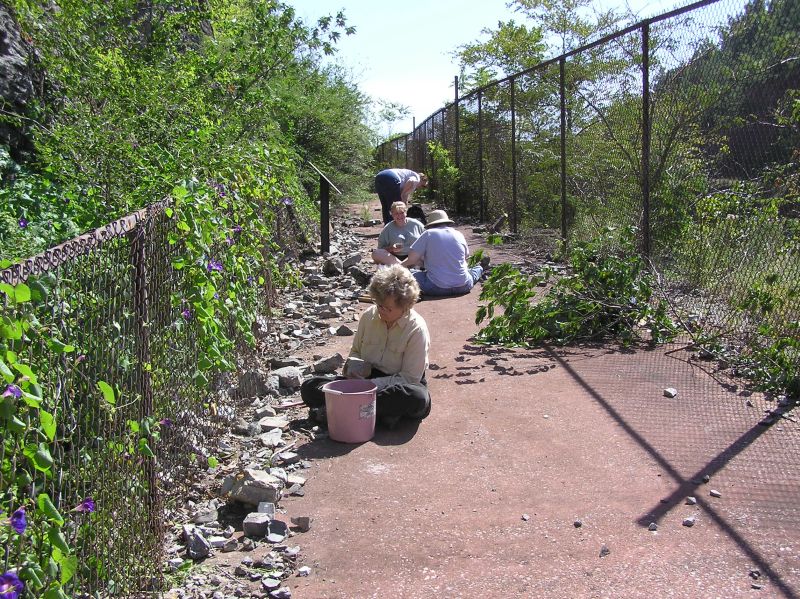
Pam and others choose a leisurely way to collect!
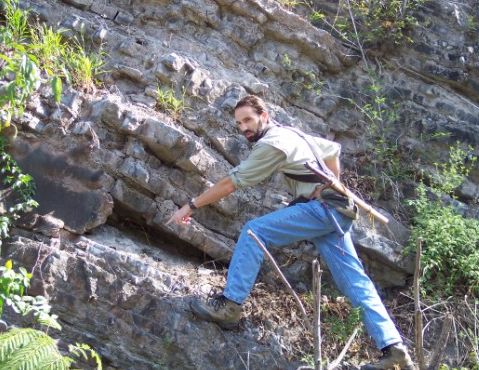
Lamb points out volcanic ash (bentonite) from volcanoes which were active in the area approximately 445 million years ago.
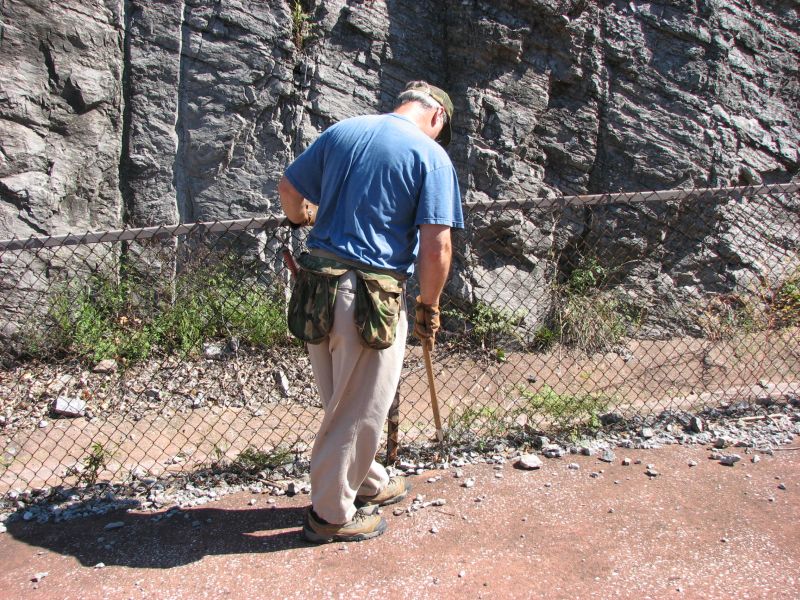
Bill with his "rock flipping tool".
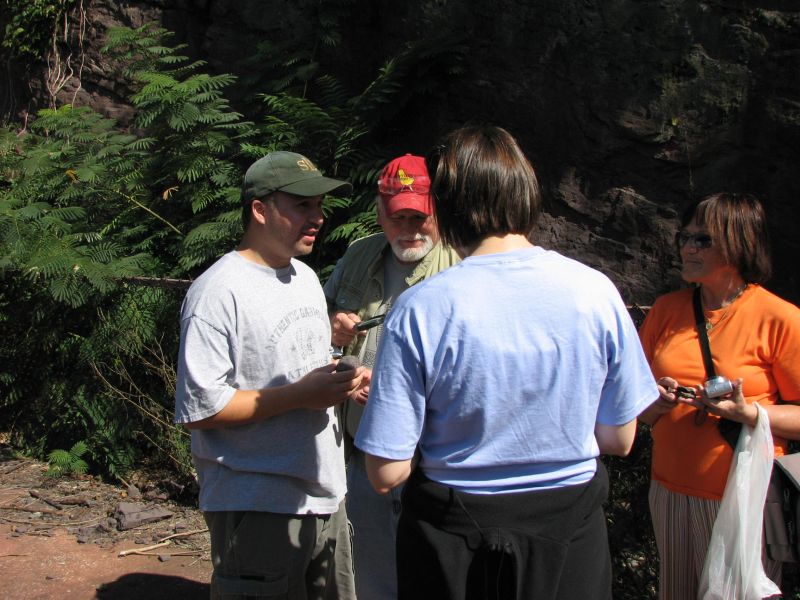
A frequent event of the day - Jun, what's this?
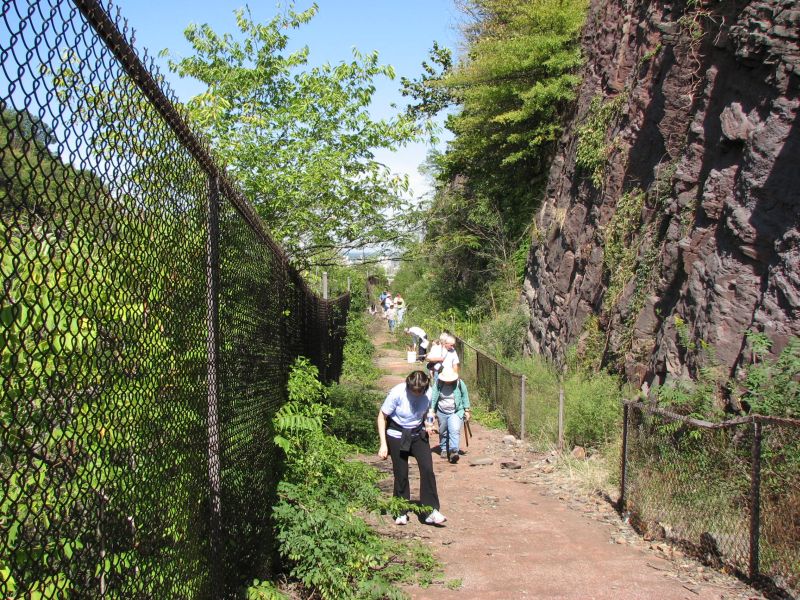
Walking along the road cut.
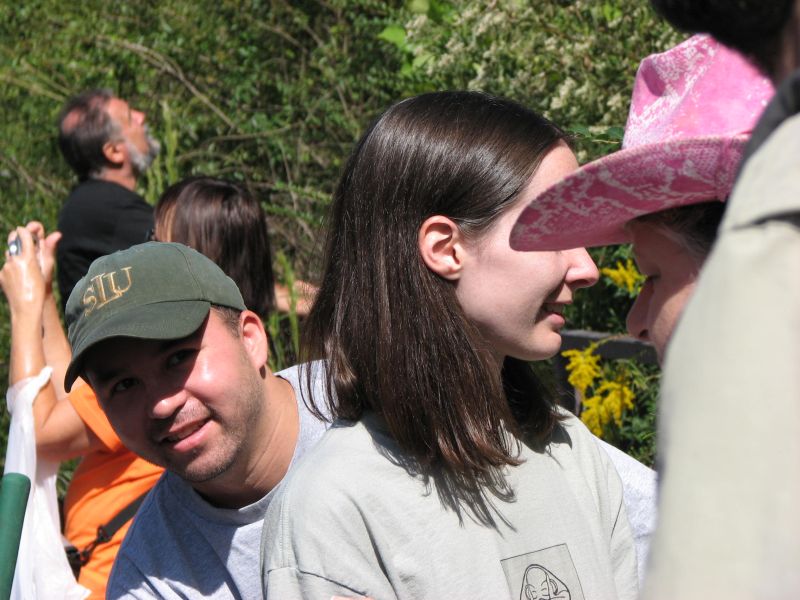
Jun trying to hide after his attempt to put a 15 pound rock in Vicki's fanny pack (while she was wearing it!).
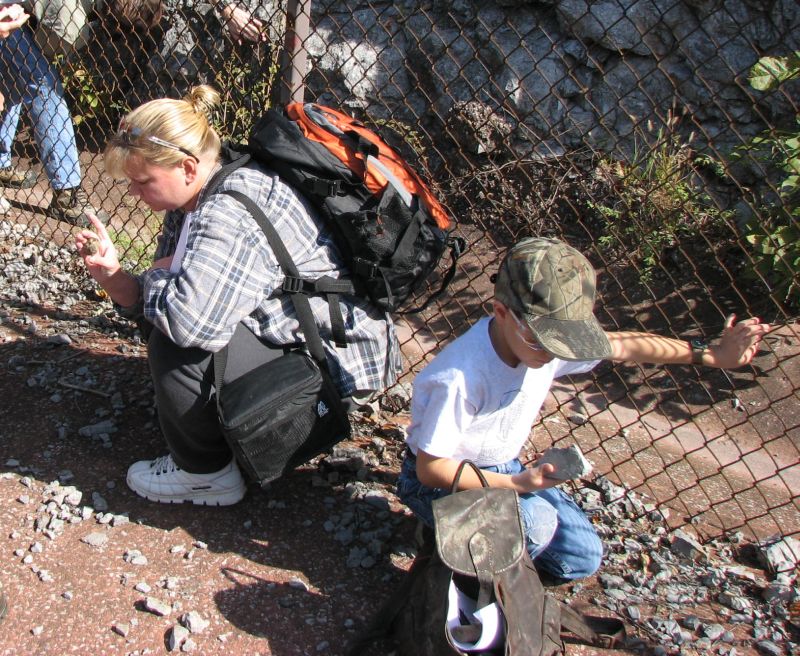
Melanie and Steven examine each rock carefully.
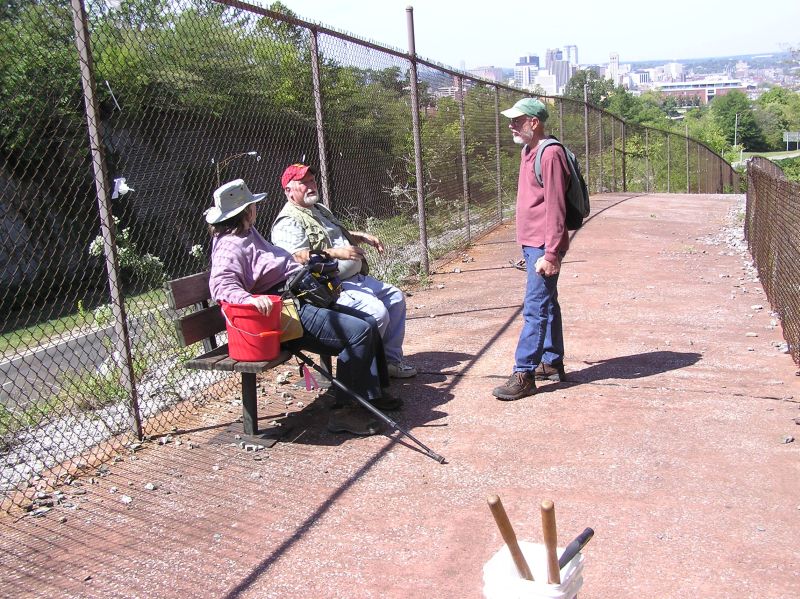
Time to relax with the Birmingham skyline in the background.
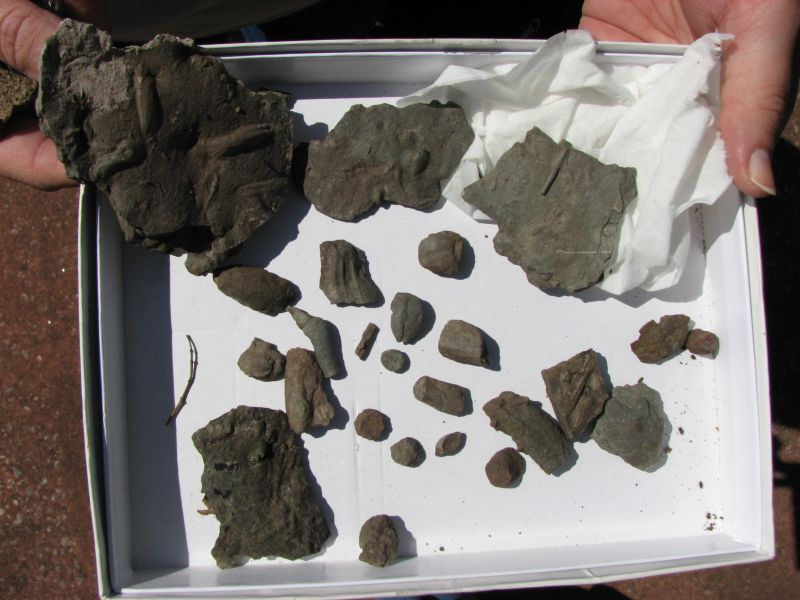
Leisa's fossil finds.
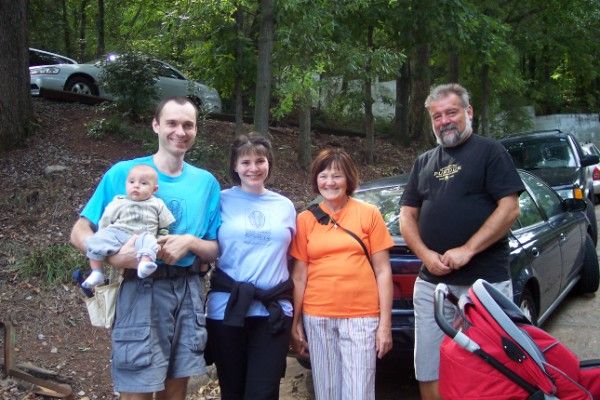
If we had given a prize for the people who traveled furtherest to attend the field trip, it would have to go to Sylvie's parents, who came all the way from the Czech Republic. Well, perhaps they really came to visit their new grandson, Eli, but we certainly were glad to have them!
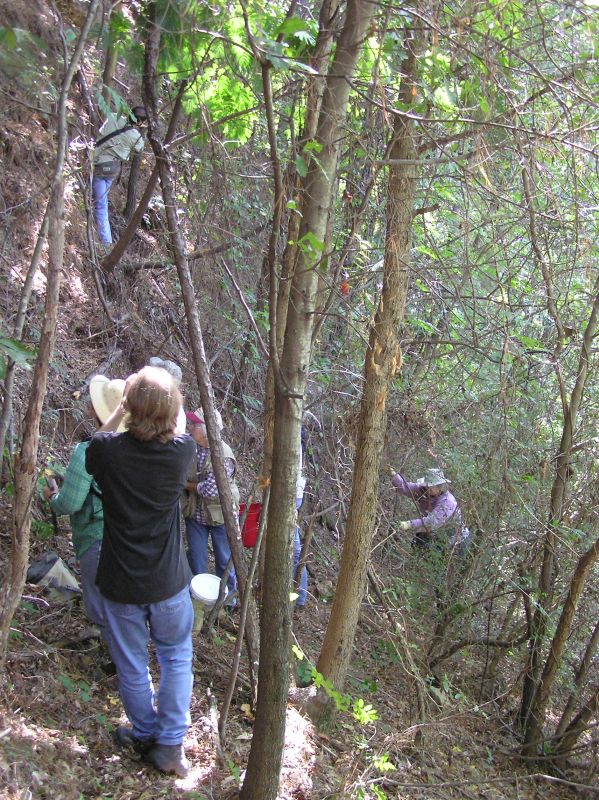
James.... are you SURE we need to climb all the way up there???
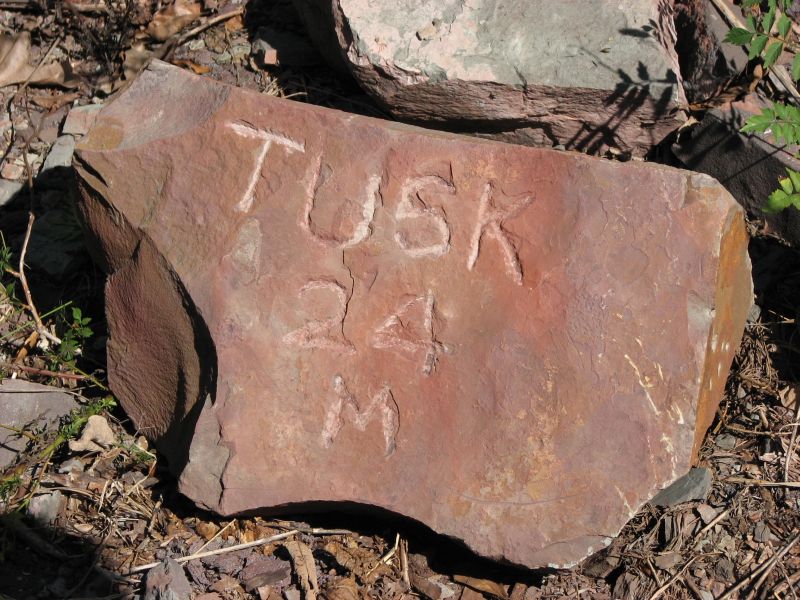
A mystery rock. Apparently, one just like it was brought to McWane Center. This one wasn't here in the past, and doesn't appear to have fallen from the top. Anyone know about this rock? Is it a marker of some kind, a hoax?? Send us an email if you can shed light on this mystery.
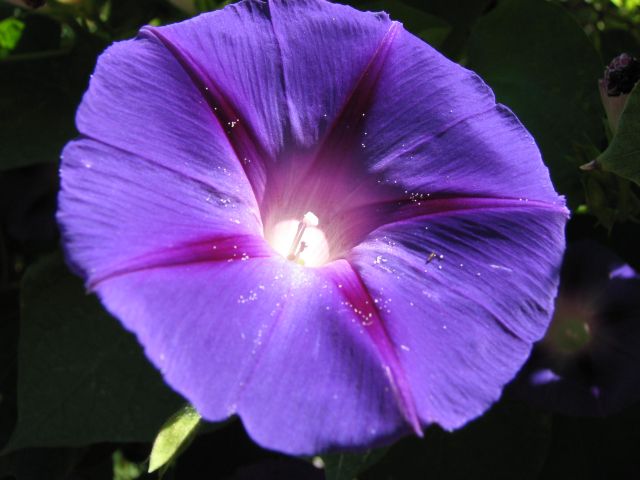
Page 1 - General trip photos (this page)
Page 2 - Fossils and minerals
